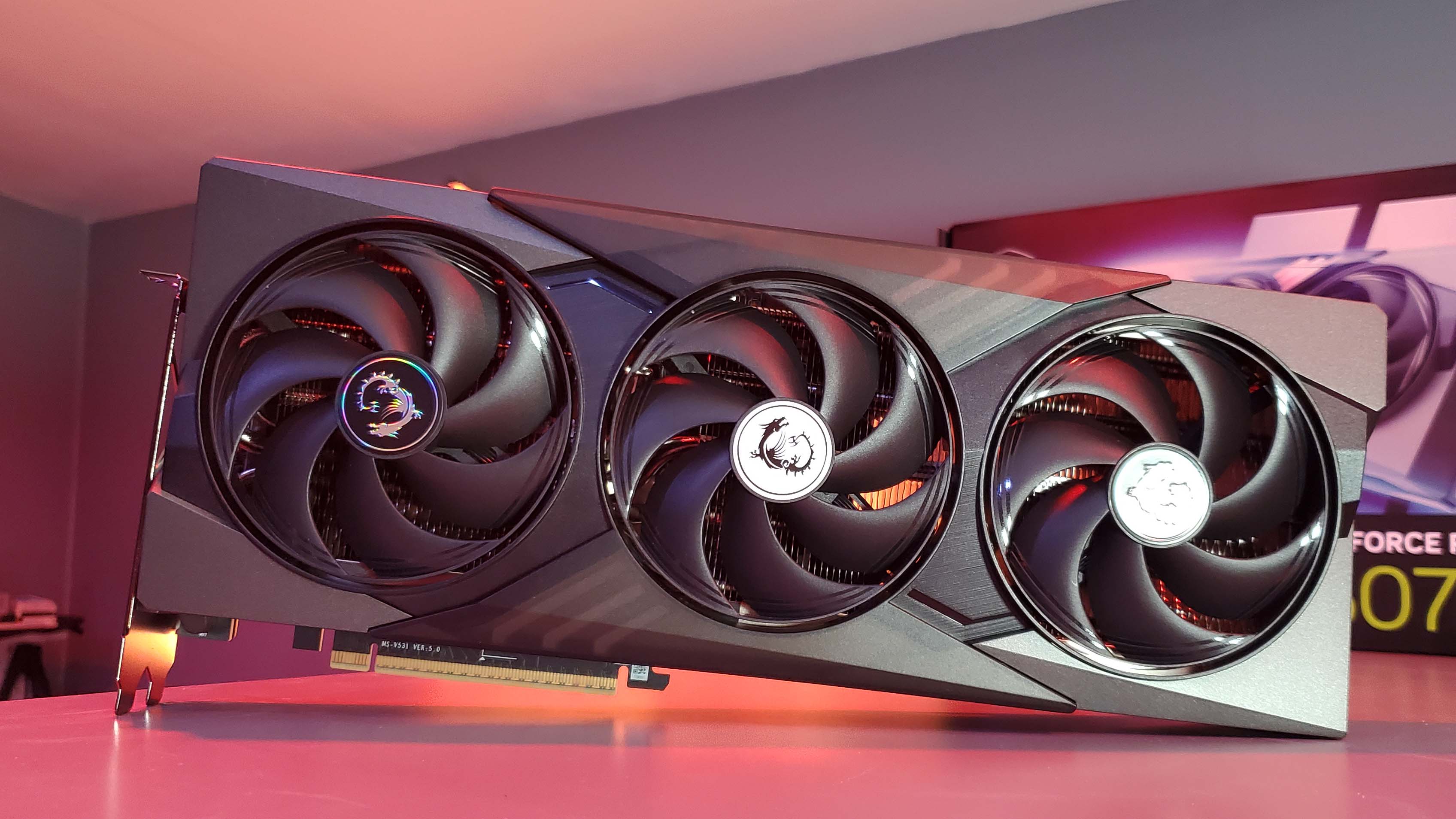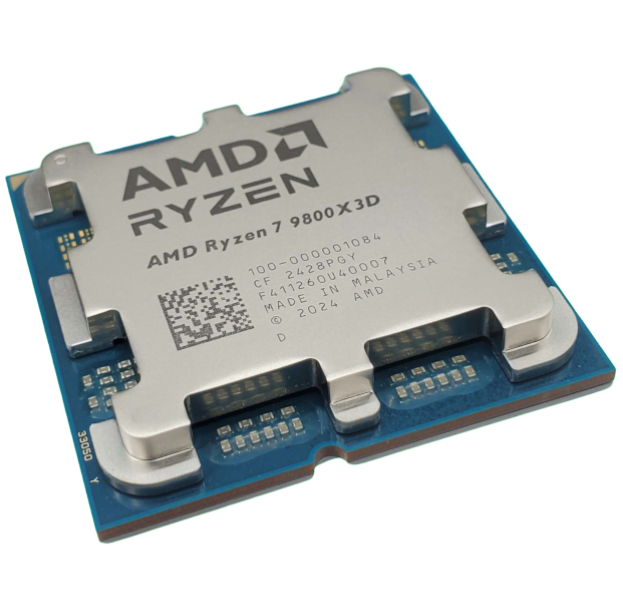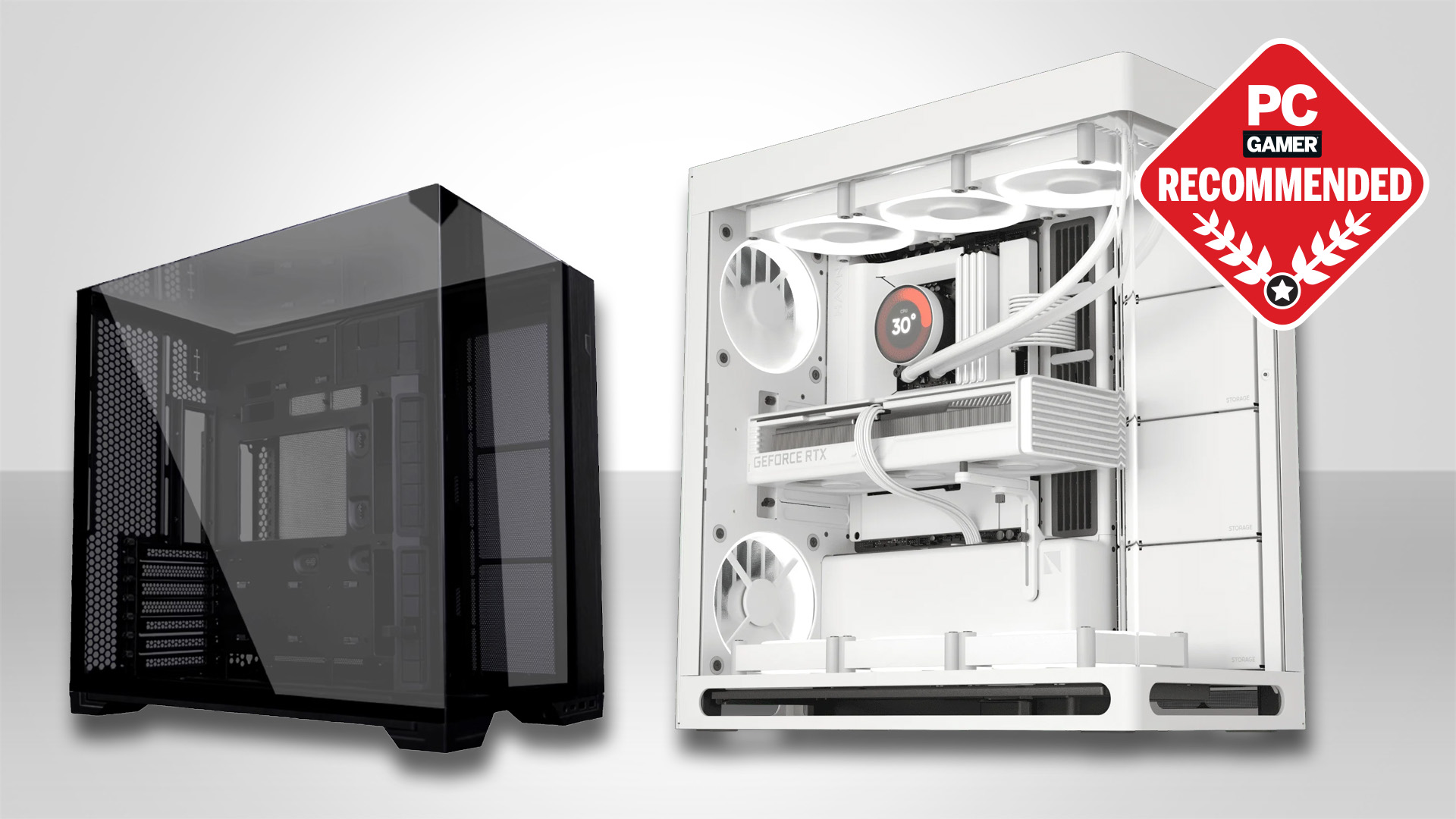Specs rumours for the Super versions of Nvidia's RTX 5070 cards kick off with more VRAM being the main dish of the day
It looks like higher clock speeds will be served, too, but it's not looking like a meal to savour.

Nvidia's RTX 5070 and RTX 5070 Ti graphics cards have only been on the market for a handful of months, though the dearth of supply at the beginning probably makes it feel like it's been far longer than that. But even though they're still relatively new models, rumours about the specs for their Super variants have already started to appear, and if they're accurate, then you're mostly going to be looking at more video memory.
That's according to prolific leaker Kopite7kimi on X, who generally has a very good track record of pronouncing early specifications that are bang on the money. Starting with the RTX 5070 Super, the main changes are twofold: 4% more shader cores (6,400 vs 6,144) and 50% more VRAM (18 GB vs 12 GB). Oh, and a 275 W power limit, instead of 250 W. Sorry, that's three things.
GeForce RTX 5070 SuperPG147-SKU65GB205-400-A16400FP32192-bit GDDR7 18G 28Gbps275WJune 29, 2025
The RTX 5070 uses a GB205 Blackwell GPU that has two SMs (Streaming Multiprocessors) disabled, so if the Super version is going to have 6,400 CUDA cores, then it will be a complete die with nothing switched off. If that's the case, it also means it will still have a 192-bit aggregated memory bus width, so how will it have 18 GB of VRAM?
Current RTX 50-series desktop graphics cards all use 2 GB modules of GDDR7, and with each one being 32 bits wide, an RTX 5070 normally has six memory chips soldered to the PCB. However, RTX 5090 laptops use 3 GB modules, and that's how they sport 24 GB in total. This is the only way that the RTX 5070 Super will be able to offer 18 GB of VRAM.
At the moment, the likes of Samsung and Micron don't list 3 GB modules in their GDDR7 catalogues, so they're not being produced in massive quantities. By the time Nvidia announces the Super variants for its RTX 50 cards, manufacturing should be of a high enough level to ensure a decent supply of Supers.
Yeah, I know. Pigs fly. Cats love dogs. All that jazz.
GeForce RTX 5070 Ti SuperPG147-SKU55GB203-350-A18960FP32256-bit GDDR7 24G 28Gbps350WJune 29, 2025
Anyway, Kopite7kimi also dropped some specs down for the RTX 5070 Ti Super. It's also supposed to have 3 GB GDDR7 modules for 50% more VRAM (24 GB, up from 16 GB), but there are no more cores on the table. That's a bit of a surprise because the RTX 5070 Ti isn't using a full-fat die; the GB203 GPU underneath the 5070 Ti's massive cooler is the same as that in the RTX 5080 but with 1,792 CUDA cores (14 SMs) disabled.
Keep up to date with the most important stories and the best deals, as picked by the PC Gamer team.
Other than more VRAM, the RTX 5070 Ti Super is purported to just have a 50 W bump to the power limit, pushing it to 350 W. That suggests the Super card will arrive with higher clock speeds than the 5070 Ti, and given that we've found it to be very easy to overclock, it's probably how Nvidia will make the Super stand out. However, I'm not expecting to see 20% higher clocks, as Team Green likes to play things quite conservatively.

At face value, I can't say that I'm looking forward to the arrival of these Super cards, if those specs are 100% accurate. Sure, getting 50% more VRAM will keep the naysayers happy, but unless they're going to be packing a hefty boost to their clock speeds, the extra memory isn't going to be enough to make them a better purchase in my view.
Especially if the RTX 5070 Super and RTX 5070 Ti Super are sold at higher prices than what the 5070/5070 Ti currently sell for. That's because Nvidia's MSRPs for those models are pretty meaningless, as most add-in board vendors slap price tags on that are notably higher. We'll just have to wait and see.

👉Check out our list of guides👈
1. Best CPU: AMD Ryzen 7 9800X3D
2. Best motherboard: MSI MAG X870 Tomahawk WiFi
3. Best RAM: G.Skill Trident Z5 RGB 32 GB DDR5-7200
4. Best SSD: WD_Black SN7100
5. Best graphics card: RTX 5070 Ti or RX 9070 XT (whichever is cheaper)

Nick, gaming, and computers all first met in the early 1980s. After leaving university, he became a physics and IT teacher and started writing about tech in the late 1990s. That resulted in him working with MadOnion to write the help files for 3DMark and PCMark. After a short stint working at Beyond3D.com, Nick joined Futuremark (MadOnion rebranded) full-time, as editor-in-chief for its PC gaming section, YouGamers. After the site shutdown, he became an engineering and computing lecturer for many years, but missed the writing bug. Cue four years at TechSpot.com covering everything and anything to do with tech and PCs. He freely admits to being far too obsessed with GPUs and open-world grindy RPGs, but who isn't these days?
You must confirm your public display name before commenting
Please logout and then login again, you will then be prompted to enter your display name.

